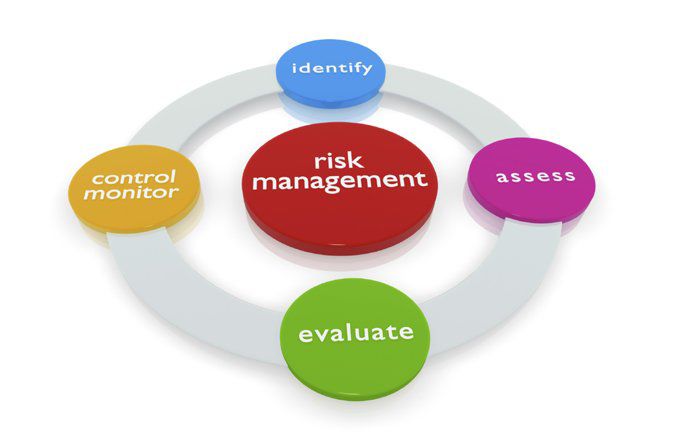Online trading offers incredible opportunities to grow your wealth, but it also carries inherent risks. Successful online traders understand the importance of managing these risks effectively. In this article, we will explore key risk management techniques that can help online traders protect their capital and achieve long-term success.
1. Set Clear Risk Tolerance Levels
Before you start trading, it’s essential to determine your risk tolerance. How much capital are you willing to risk on each trade? Setting clear risk tolerance levels helps you avoid overextending and potentially losing more than you can afford.
2. Implement Stop-Loss Orders
Stop-loss orders are a trader’s best friend when it comes to risk management. These orders automatically sell a position when it reaches a specified price, limiting potential losses. It’s crucial to use stop-loss orders consistently and align them with your risk tolerance.
Learn more about setting effective stop-loss orders here.
3. Diversify Your Portfolio
Diversification involves spreading your investments across various assets, sectors, or markets. By diversifying your portfolio, you reduce the impact of a poor-performing asset on your overall capital. It’s a fundamental strategy for minimizing risk.
4. Position Sizing
Position sizing refers to determining the size of your trades based on your risk tolerance and the distance to your stop-loss order. Proper position sizing ensures that you don’t risk too much capital on a single trade. Traders often use a fixed percentage of their capital for each trade, such as 1-2%.
5. Risk-Reward Ratio
The risk-reward ratio is a critical concept in risk management. It measures the potential profit versus the potential loss on a trade. A common rule of thumb is to aim for a risk-reward ratio of at least 1:2. This means that for every dollar you risk, you aim to make at least two dollars in profit.
6. Use Leverage Wisely
Leverage can amplify both gains and losses in online trading. While it can magnify your profits, it also increases the potential for significant losses. Use leverage judiciously and be aware of the risks it entails. It’s often best to start with lower leverage levels, especially if you’re a beginner.
7. Avoid Emotional Trading
Emotions can cloud judgment and lead to impulsive decisions. Fear and greed are two powerful emotions that often drive traders to make irrational choices. Developing emotional discipline and sticking to your trading plan is essential for effective risk management.
8. Regularly Review and Adjust Your Strategy
Markets change, and your trading strategy should evolve accordingly. Regularly review your performance, analyze your trades, and make necessary adjustments. If a strategy consistently results in losses, it may be time to reevaluate and adapt.
9. Stay Informed
Information is a trader’s most potent tool. Stay informed about economic events, market news, and global trends that can impact your trades. Timely information can help you make informed decisions and manage risk more effectively.
10. Continuous Learning
Risk management techniques and market dynamics evolve over time. Commit to continuous learning and improving your risk management skills. Attend webinars, read books, and engage with the trading community to stay updated and informed.
In conclusion, risk management is the cornerstone of successful online trading. Without effective risk management techniques, even the most profitable strategies can lead to significant losses. By setting clear risk tolerance levels, implementing stop-loss orders, diversifying your portfolio, and staying disciplined, you can protect your capital and increase your chances of success in the world of online trading.
To explore in-depth resources and strategies for risk management in online trading, visit FXBankroll’s Risk Management Section.

